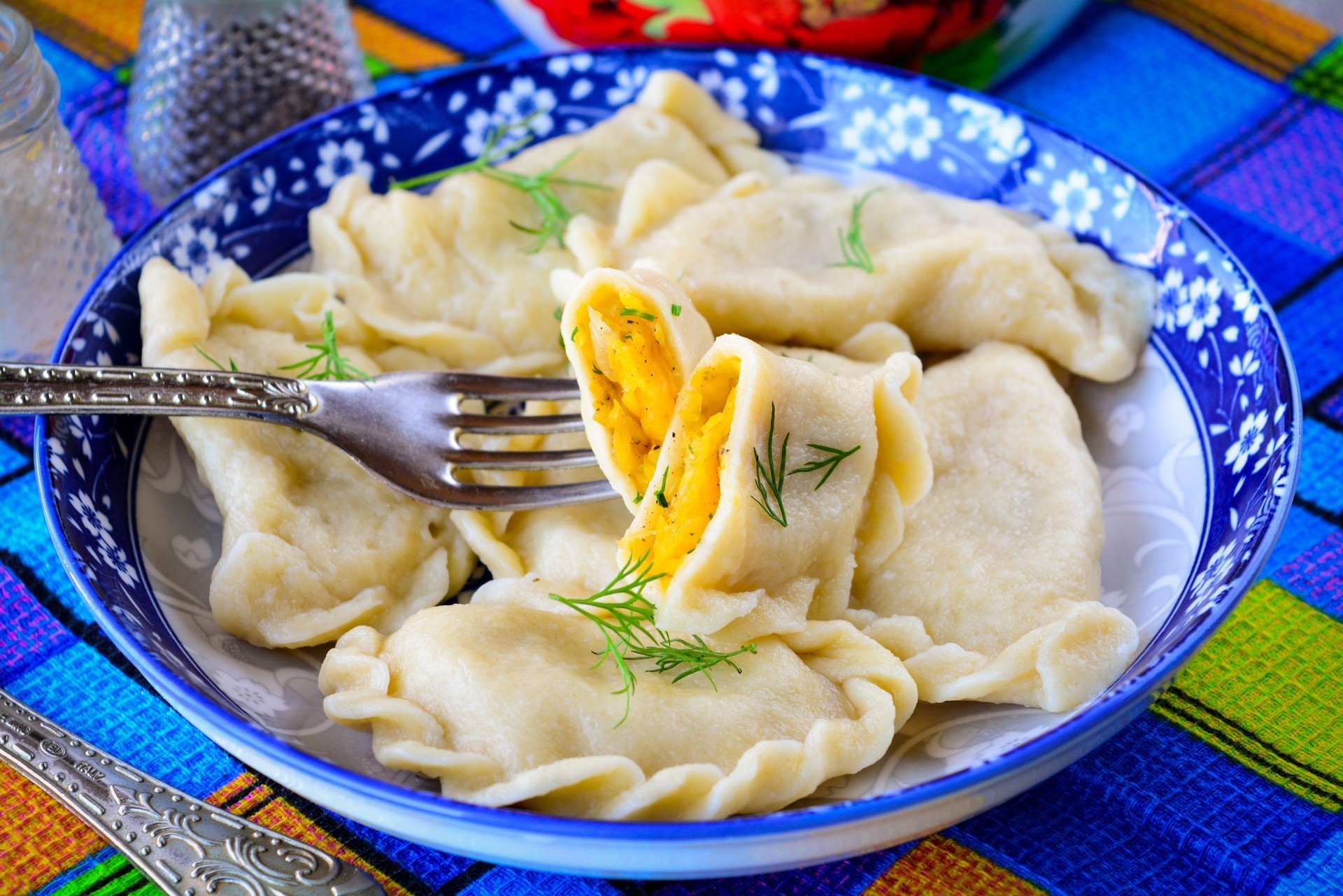

If you've read 'Evenings on a Farm near Dikanka' by Russian classical writer Nikolai Gogol, you surely remember how adroitly one of the characters ate vareniki with sour cream that flew into his mouth by themselves. Ukrainian vareniki are often compared to Italian ravioli. Vareniki's crucial difference from other similar dishes is their dough. What are vareniki like? Nikolai Gogol wrote that you could eat hat-sized vareniki at some farms. That's, of course, an exaggeration. The classical varenik is around 10 cm large and, contrary to pelmeni or ravioli, has a crescent shape. Vareniki's filling can be very different: potato, cabbage, potato and meat, potato and salo (pork meat), sweet or salted curd, pumpkin, cherries and so on. The filling is warped up in dough and cooked for five minutes or less. Vareniki are usually served with sour cream. Although it's truly Ukrainian dish, vareniki are well-known all over the world. People in different corners of the world took liking of vereniki's unusual and rich taste and installed monuments to varenik. In particular, Ukrainian varenik was immortalized in Canada and Russia.